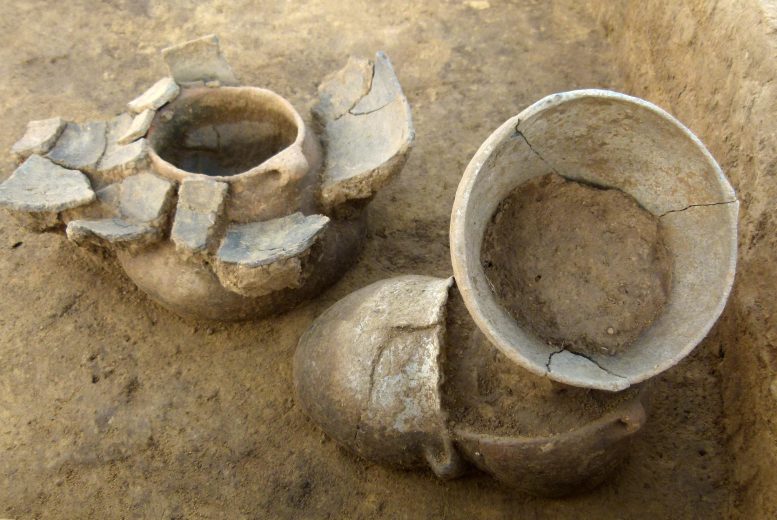
Example of pottery roughly 6,000 years old from the Lublin-Volhynian agrarian culture, Książnice 2, Poland. Credit: Stanisław Wilk
New genetic research provides new insights into the European Stone Age, revealing how different groups intermingled based on geography and how agriculture influenced genetic flow. The study also uncovered unique burial practices and isolated groups of hunter-gatherers, adding further layers to the understanding of Europe’s genetic history.
A new DNA study has nuanced the picture of how different groups intermingled during the European Stone Age, and has also revealed how certain groups of people were actually isolated. The study, carried out by researchers at Uppsala University in collaboration with an international team of researchers, produced new genetic data from 56 Central and Eastern European individuals from the Stone Age. The results are set to be published today (August 9) in the journal Communications Biology.
Importance of Interdisciplinary Research
“Conducting studies like this one requires a broad interdisciplinary discussion. In this study, this discussion has been exceptionally fruitful,” says Tiina Mattila, population geneticist at Uppsala University and the study’s lead author.
The Historical Context
Over the past 15 years, previous DNA research has assembled a history of the European Stone Age. Before agriculture made its way to Europe, different groups of hunter-gatherers occupied various parts of Eurasia, intermingling with one another. This study demonstrates that the merging of these hunter-gatherer genetic lines was heavily influenced by geography.
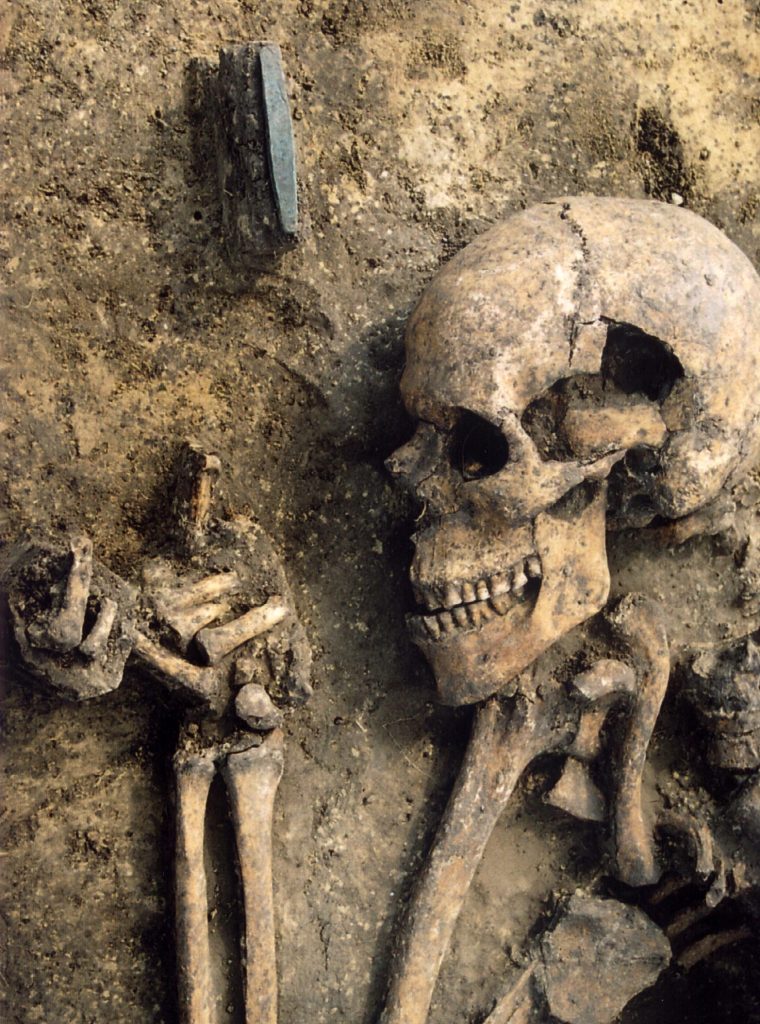
An individual from Książnice 2, Poland, who lived about 6,000 years ago and was part of the new study. Credit: Stanisław Wilk
Linking Agriculture and Gene Flow
Several prior DNA studies concerning Europe’s pre-history have also shown that the spread of agriculture was strongly connected to gene flow from Anatolia. This group was genetically and culturally quite distinct from the European hunter-gatherers. However, agriculture spread differently in various geographical regions, leading to ethnic groups intermingling differently across Europe.
“These differences in the intermingling of genetic lines and cultures can tell us about the power relations between different groups,” says Tiina Mattila.
Study of Family Relations and Burial Practices
The new study also investigated close relatives.
“Common graves are often assumed to be family graves, but in our study, this was not always the case. This shows that even during the Stone Age other social factors also played a role in burial practices,” says Helena Malmström, archaeogeneticist at Uppsala University.
Comprehensive Insight into Genetic History
A more comprehensive view of the genetic history of Stone Age Europeans has unfolded in recent years, and this new study adds further detail to this complex puzzle.
“We can show that some parts of Europe – such as the area around the Dnipro River delta – were inhabited by isolated groups of hunter-gatherers for many thousands of years, even though many other parts of Europe changed their way of life when new groups arrived who produced food by tilling the soil,” says Mattias Jakobsson, professor of genetics at Uppsala University.
Reference: “Genetic continuity, isolation, and gene flow in Stone Age Central and Eastern Europe” by Tiina M. Mattila, Emma M. Svensson, Anna Juras, Torsten Günther, Natalija Kashuba, Terhi Ala-Hulkko, Maciej Chyleński, James McKenna, Łukasz Pospieszny, Mihai Constantinescu, Mihai Rotea, Nona Palincaș, Stanisław Wilk, Lech Czerniak, Janusz Kruk, Jerzy Łapo, Przemysław Makarowicz, Inna Potekhina, Andrei Soficaru, Marzena Szmyt, Krzysztof Szostek, Anders Götherström, Jan Storå, Mihai G. Netea, Alexey G. Nikitin, Per Persson, Helena Malmström and Mattias Jakobsson, 9 August 2023, Communications Biology.
DOI: 10.1038/s42003-023-05131-3

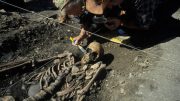

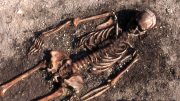
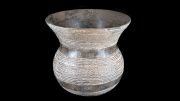
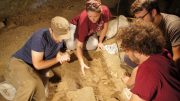
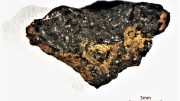


Be the first to comment on "Stone Age Secrets Unveiled: A DNA Dive Into Europe’s Genetic and Cultural Past"